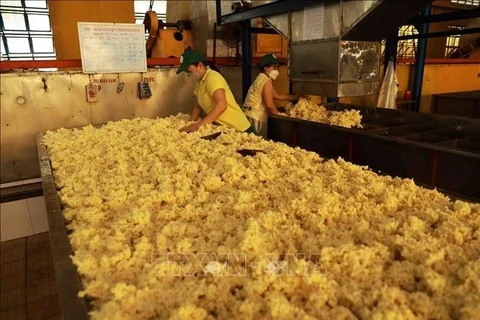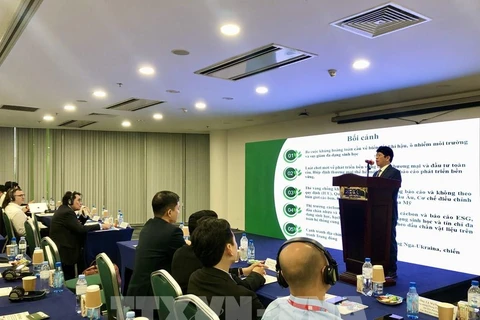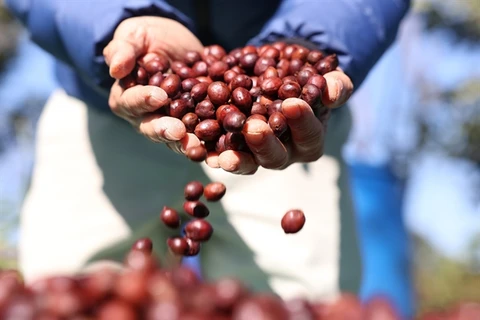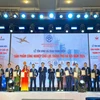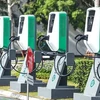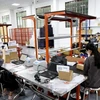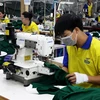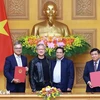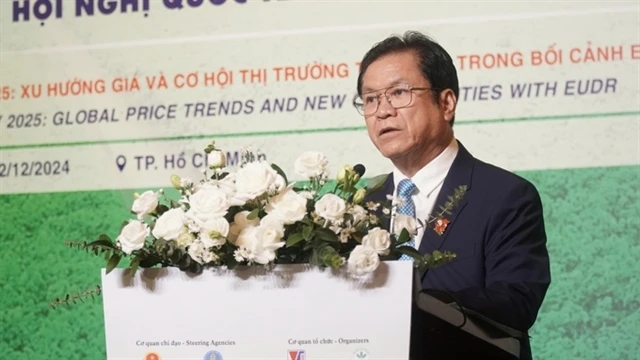
HCM City (VNS/VNA) - The EU Deforestation Regulation (EUDR) poses challenges for Vietnam's rubber industry, but it also opens doors to new opportunities.
By adhering to the regulation, the sector can achieve sustainable growth and greater market access, insiders affirmed at an international rubber conference in HCM City on December 12.
Organised by the Vietnam Rubber Association, the conference with the theme “Rubber Industry 2025: Global Price Trends and New Opportunities with EUDR” attracted industry leaders, businesses, and local and international experts.
At the conference, Le Thanh Hung, Chairman of the Vietnam Rubber Association, noted that 2024 is a challenging year for the global economy, influenced by geopolitical instability, climate change, and the shift toward green development.
The rubber industry, closely tied to sectors like automotive, construction, and consumer goods, has faced challenges due to changes in supply chains, rising inflation, and carbon emission reduction pressure, as well as shifts in consumption demand and technical standards in international markets, particularly in the EU, he said.
However, these challenges also present substantial opportunities for the industry to transform, innovate, and sustainably develop.
He underscored: "Despite these challenges, Vietnam’s rubber industry has maintained its growth trajectory and adhered to its strategic goals. In 2024, the sector's total export turnover is projected to reach approximately 10.2 billion USD, including 3.1 billion USD from natural rubber, 4.6 billion USD from processed rubber products, and 2.5 billion USD from rubberwood. These figures highlight the industry's continued prominence in the global supply chain.”
He as well as other speakers at the conference mentioned the EUDR as a significant challenge faced by the sector.
The EUDR mandates that rubber imported into the EU must be sourced from deforestation-free areas, with full traceability and documentation to prove compliance. Producers must also conduct due diligence to ensure that their supply chains meet these standards.
Enterprises therefore must invest in production processes and improve traceability to meet these international market requirements, especially those of the EU, Hung said.
Prof. Joseph Adelegan, Secretary General of the International Rubber Study Group, emphasised the importance of traceability and sustainable production, saying that Southeast Asian countries, especially Vietnam, need to focus on improving quality and traceability to comply with the stringent requirements of the EU. Meeting these standards will help the country’s rubber industry achieve sustainable development.
He highlighted that Thailand, the world's largest producer of natural rubber, has long prepared for EUDR compliance, allowing it to export high-value products to major EU markets. Vietnam has favourable conditions comparable to Thailand and has seen promising developments.
Compliance with EUDR regulations imposes challenges such as high production costs, and limited technical capacity in developing regions, but compliant producers will have opportunities to “gain market access to the EU for deforestation-free products, premium pricing for sustainably sourced rubber, and long-term competitiveness through enhanced supply chain transparency,” he pointed out.
Vo Hoang An, the association’s General Secretary, said rubber exports to the EU were worth 587.6 million USD in the first ten months of the year, accounting for 6% of the sector’s total export revenue.
While not Vietnam’s leading export market, the EU is an attractive market for Vietnamese enterprises given the market’s high purchasing power and advantages brought from the EU - Vietnam Free Trade Agreement, he said.
“Therefore, evaluating opportunities and challenges related to EUDR is vital for building effective adaptation strategies,” he said.
He highlighted that the regulation has raised substantial concerns within Vietnam’s rubber industry. In response, relevant ministries, the association, and businesses have initiated preparatory activities to meet the new requirements.
At the conference, representatives of the Vietnam Rubber Group and Dong Nai Rubber Corporation spoke about their efforts to comply with the EUDR./.
